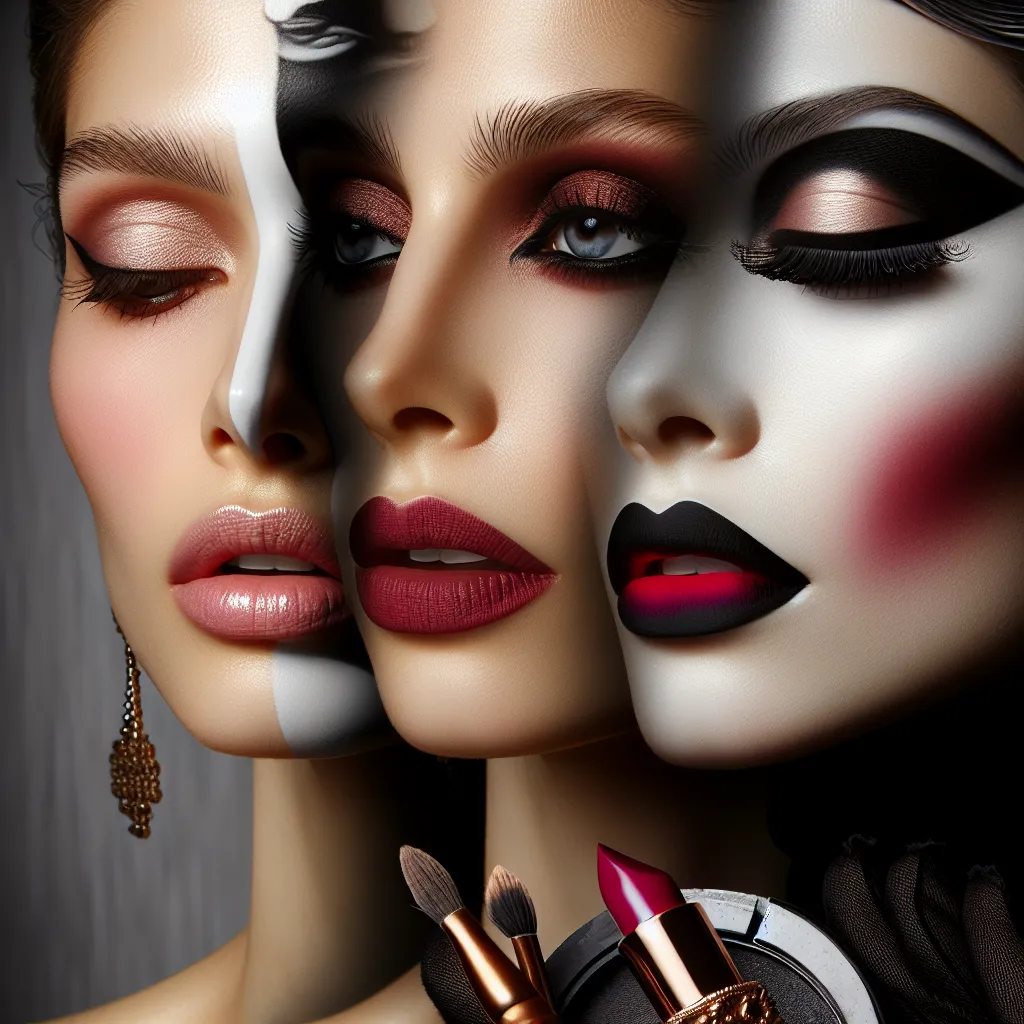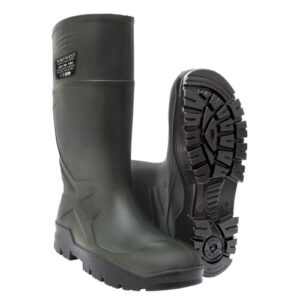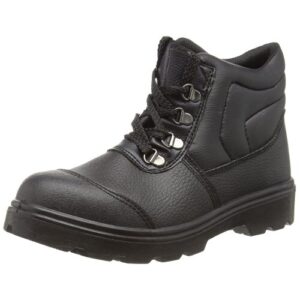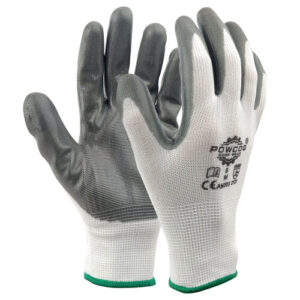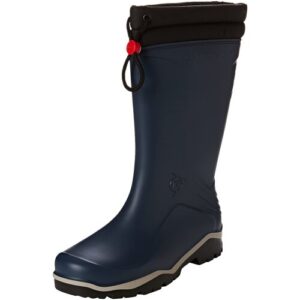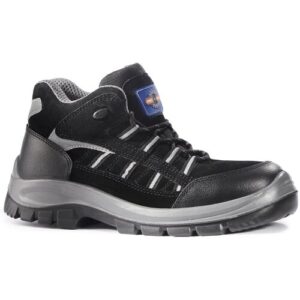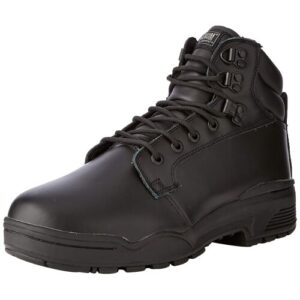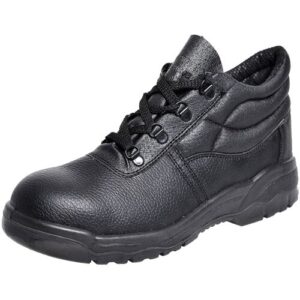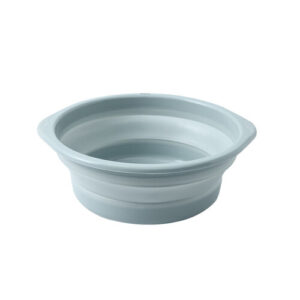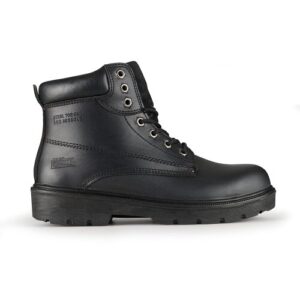Ancient Beauty Rituals: The Origins of Makeup
The Ancient Beauty Rituals: The Origins of Makeup
In ancient times, the concept of beauty and makeup held significant cultural and religious importance. Ancient civilizations such as the Egyptians, Greeks, and Romans utilized various natural ingredients to create makeup products. One remarkable aspect of ancient beauty rituals was the use of eye cream, which was formulated from ingredients like olive oil, beeswax, and rosewater. This eye cream not only enhanced the appearance of the eyes but also held symbolic significance in religious ceremonies and daily adornment rituals.
To explore modern interpretations of eye cream and discover a wide range of cosmetic products inspired by ancient beauty rituals, visit eye cream.
Ancient Beauty Rituals: The Origins of Makeup
Makeup has a rich history that dates back to ancient times, where it was an integral part of beauty rituals. The origins of makeup can be traced to ancient civilizations such as the Egyptians, Greeks, Romans, and Sumerians. In ancient Egypt, both men and women used makeup for aesthetic and ritualistic purposes. They applied kohl to outline their eyes, used red ochre to color their lips and cheeks, and adorned their skin with intricate patterns. The Egyptians believed that makeup had magical and protective powers, and it was also associated with religious ceremonies and preparing the deceased for the afterlife.
Ancient Greeks also embraced the use of makeup, with a focus on achieving a natural and youthful look. They used white lead and chalk to lighten their skin, applied crushed berries for lip color, and used soot as eyeliner. In ancient Rome, makeup was associated with social status, and both men and women used cosmetics to enhance their features. The use of makeup became more elaborate during the Roman Empire, with a wide range of beauty products and tools being utilized.
Similarly, the Sumerians in Mesopotamia used makeup for both cosmetic and religious purposes. They created intricate designs on their faces using pigments and decorated their eyes with dark kohl. These ancient beauty rituals laid the foundation for the evolution of makeup through the centuries, shaping the cultural significance and practices associated with cosmetics.
Understanding the origins of makeup provides valuable insight into the cultural, social, and religious significance of beauty rituals in ancient civilizations. These early practices have influenced the modern trends and techniques in makeup, reflecting the enduring legacy of ancient beauty rituals in today’s beauty industry.
The Renaissance and the Rise of Cosmetics: A Shift in Makeup Trends
During the Renaissance, makeup took a significant turn as societal attitudes towards cosmetics shifted. The period marked a resurgence of interest in the arts, culture, and beauty, leading to a notable evolution in makeup trends. Cosmetics became more widely used, particularly by the upper class, as a means of showcasing wealth, status, and fashion sense.
The ideal Renaissance woman’s complexion was pale, symbolizing wealth and noble status, as it indicated that she did not have to labor outdoors. Women used a mixture of white lead and vinegar to achieve the desired pale look, despite the toxic nature of the ingredients. Furthermore, a high forehead was considered attractive, so women plucked their hairlines to create the illusion of a larger forehead.
Renaissance makeup also focused on enhancing the eyes and lips. Women used kohl to line their eyes and darken their eyelashes, while crushed red plants or vermilion were applied to the lips to create a full, red pout. The use of cosmetics became a way for women to express themselves and follow the trends of the time.
Additionally, the importance of skincare became more prevalent during the Renaissance. Wealthy women used various treatments and recipes to achieve flawless, youthful skin, such as using mixtures of honey and milk as facial masks.
The Renaissance era marked a pivotal shift in makeup trends, as cosmetics became more ingrained in everyday life and fashion. This period laid the foundation for the modern approach to makeup, with an emphasis on personal expression, societal status, and beauty standards.
This evolution in makeup trends during the Renaissance era shaped the way cosmetics are viewed and utilized in contemporary society, leaving a lasting impact on the world of beauty and fashion.
The Industrial Revolution and the Birth of Mass-Produced Makeup
During the Industrial Revolution, the production and availability of makeup underwent a significant transformation. The invention of new machinery and mass production techniques allowed for the manufacturing of cosmetics on a much larger scale than ever before. This led to the widespread availability of makeup to the general population, not just the wealthy elite.
Previously, makeup and skincare products were handmade or limited to small-scale production, making them costly and exclusive. However, with the advent of industrialization, companies such as Max Factor and Maybelline began producing cosmetics en masse, making them accessible to a much broader audience.
The Industrial Revolution also saw the development of new formulations and packaging for makeup products. Advances in chemistry led to the creation of innovative cosmetic formulas, while the introduction of packaging such as compacts and tubes made it easier for people to use and carry their makeup.
Furthermore, the rise of advertising and marketing during this time played a pivotal role in popularizing mass-produced makeup. Companies utilized new mediums, such as newspapers and magazines, to promote their products, leading to a boom in consumer demand.
Overall, the Industrial Revolution marked a turning point in the history of makeup, democratizing access to cosmetics and laying the groundwork for the multi-billion dollar industry that exists today.
Modern Makeup Trends: From Classic to Avant-Garde
Modern makeup trends have undergone a significant transformation in recent years, reflecting the shifting societal norms and technological advancements. From classic, timeless looks to bold, avant-garde styles, the world of makeup has witnessed a remarkable evolution.
Classic makeup trends emphasize natural beauty, with a focus on enhancing features rather than creating dramatic transformations. This style often includes flawless skin, subtle eye makeup, and a nude or soft lip color. The emphasis is on creating a polished, elegant look that stands the test of time. Classic makeup remains a popular choice for formal events and professional settings.
On the other end of the spectrum, avant-garde makeup trends push the boundaries of creativity and self-expression. Characterized by bold and unconventional techniques, avant-garde makeup often features vivid colors, intricate designs, and unconventional application methods. This style is favored in artistic circles, fashion shows, and experimental photo shoots, where individuals seek to make a statement and showcase their unconventional beauty.
The intersection of classic and avant-garde makeup has given rise to a hybrid style that combines elements of both approaches. This modern trend allows individuals to experiment with their look, blending traditional elegance with edgy, experimental elements. It offers a versatile and inclusive approach to makeup, empowering individuals to express their unique style while embracing both timeless and innovative aesthetics.
In the era of social media and digital innovation, makeup trends are constantly evolving as influencers, celebrities, and makeup artists share their latest creations with global audiences. This exchange of ideas and techniques has led to a rich tapestry of modern makeup trends, catering to diverse tastes and preferences.
Whether embracing the timelessness of classic makeup or venturing into the realm of avant-garde experimentation, individuals have more opportunities than ever to express themselves through the art of makeup. As the beauty industry continues to evolve, the future of makeup trends promises to be as diverse and dynamic as the individuals who engage with it.
